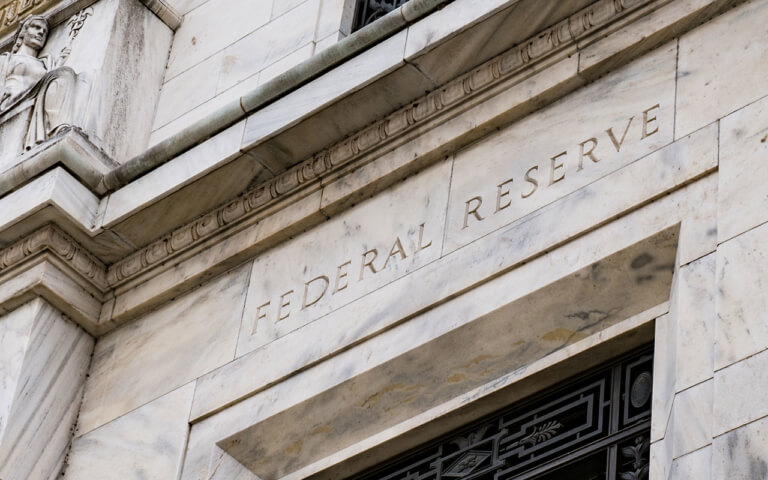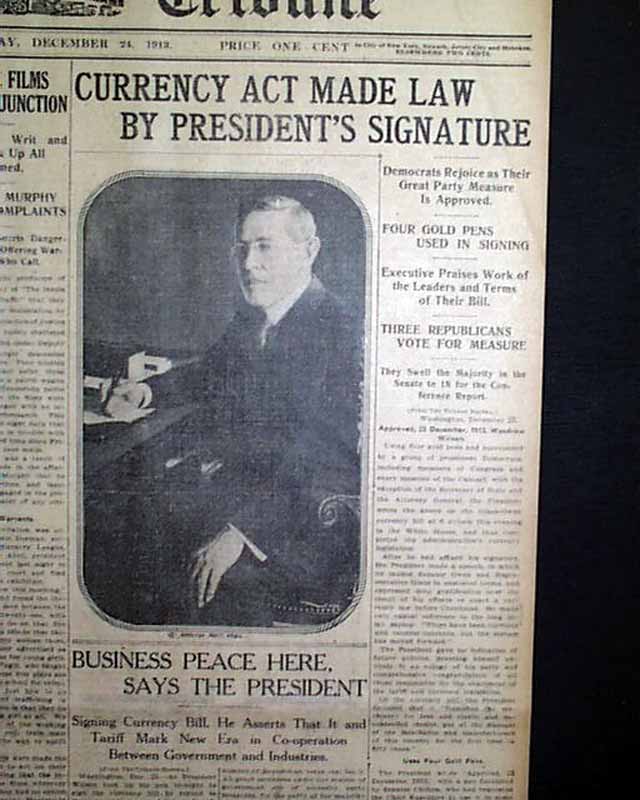Introduction
Over a century ago, President Woodrow Wilson and his close advisor Edward Mandell House laid the groundwork for the Federal Reserve System. What began as an effort to stabilise the U.S. economy has since evolved into a powerful force with far-reaching implications. This blog delves into the Federal Reserve’s influence on global economies, including Russia and the Middle East, explores the transformation of money into fiat currency, and clarifies the concepts of pay, payment, and legal tender.

The Federal Reserve’s Global Footprint
Influence on Global Financial Markets
The Federal Reserve, often simply referred to as the Fed, is not just the central bank of the United States; it is a linchpin of the global financial system. The Fed’s monetary policies, particularly decisions on interest rates and quantitative easing, have profound effects on global capital flows. When the Fed raises interest rates, it often draws capital away from emerging markets, leading to economic adjustments in these regions.
Global Financial System:
Globalisation: The globalization of finance means that major financial institutions and wealthy individuals have influence that extends beyond national borders. The interconnectedness of global financial markets means that decisions made by a few key players can have worldwide implications.
Reserve Currency: The U.S. dollar is the world’s primary reserve currency, meaning it is widely held by central banks and used in international trade. The Federal Reserve’s policies directly affect the value of the dollar and, by extension, global trade and investment flows.
Global Markets: Changes in U.S. interest rates can lead to capital flows into or out of emerging markets, affecting their currencies, stock markets, and economies.
Commonwealth and Developed Economies:
Trade Partners: Countries like Canada, the United Kingdom, and Australia, which are part of the Commonwealth and have strong trade ties with the U.S., are significantly influenced by the Fed’s policies. For example, changes in U.S. interest rates can affect their own interest rate policies and economic conditions.
Financial Linkages: Developed economies are closely interconnected with the U.S. financial system. Central banks in these countries often coordinate with the Fed to maintain financial stability.
Emerging Markets:
Capital Flows: Emerging markets are particularly sensitive to U.S. monetary policy. When the Fed raises interest rates, it often leads to capital outflows from these markets as investors seek higher returns in the U.S., causing currency depreciation and financial instability in these regions.
Debt and Borrowing Costs: Many emerging market countries have dollar-denominated debt. When the Fed tightens monetary policy, the cost of servicing this debt increases, potentially leading to economic difficulties.
China and East Asia:
Economic Interdependence: China and other East Asian economies are heavily interdependent with the U.S. economy through trade and investment. The Federal Reserve’s policies impact their export competitiveness and economic growth.
Currency Pegs and Exchange Rates: Some East Asian economies, like Hong Kong, peg their currencies to the U.S. dollar or manage their exchange rates closely in relation to the dollar. The Fed’s actions can thus directly influence their monetary policy and financial stability.
Impact on Russia:
The economic landscape of Russia, a major global player, is significantly influenced by the Fed’s policies. U.S. economic sanctions, bolstered by the dollar’s dominance, have restricted Russia’s access to international finance. Additionally, fluctuations in oil prices, often driven by the strength of the U.S. dollar, directly impact Russia’s economy, heavily reliant on energy exports.
Impact on the Middle East:
The Middle East, particularly oil-rich nations, is deeply intertwined with the U.S. dollar through the petrodollar system. The Fed’s policies, by influencing the dollar’s value, directly affect the revenues of these countries. Moreover, several Middle Eastern nations peg their currencies to the dollar, meaning Fed policies can cause ripple effects, inducing inflation or deflation in these economies.
The Evolution of Money into Fiat Currency
End of the Gold Standard
In 1971, President Richard Nixon ended the direct convertibility of the U.S. dollar into gold, transitioning the world to a fiat currency system. Fiat money, unlike commodity money, is not backed by physical assets but by the trust and confidence in the issuing government.
Trust and Perceived Value
The value of fiat money is inherently tied to trust. It relies on the belief that others will accept it as a medium of exchange. This trust is bolstered by the government’s assurance that fiat currency is legal tender, meaning it must be accepted for the payment of debts.
Understanding Pay, Payment, and Legal Tender
Fiat Money as a Promissory Note
Fiat money essentially functions as a promissory note from the government, promising that the currency will be accepted for goods and services. This transforms transactions into a legal discharge of debt, rather than an exchange of tangible value.
Economic Worth of Fiat Money
The worth of fiat money is derived from its widespread acceptance and the institutional support it receives. Central banks, like the Federal Reserve, play a crucial role in maintaining the stability and value of fiat currencies through their monetary policies.
Defining Legal Tender
Legal tender refers to money that must be accepted if offered in payment of a debt. In the United States, Federal Reserve notes (dollars) are legal tender, just as all fiat currency is. This legal status ensures that fiat currency can fulfil its role as a medium of exchange, store of value, and unit of account.
Conclusion
The Federal Reserve’s influence extends far beyond the borders of the United States, shaping economic realities in regions as diverse as Russia and the Middle East. The transition to fiat currency has redefined the nature of money, basing its value on trust and legal frameworks rather than intrinsic worth. Understanding these dynamics is essential for grasping the complexities of the modern global financial system and the concept of legal tender.
To keep up to date on our Newsfeeds or joining our community please Subscribe below or Contact Us mailto:info@solutionsyouneed.co.uk today.

